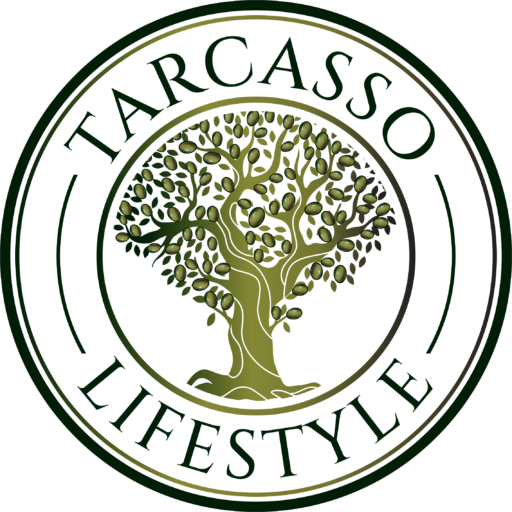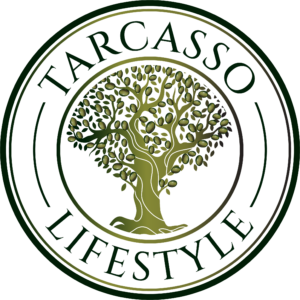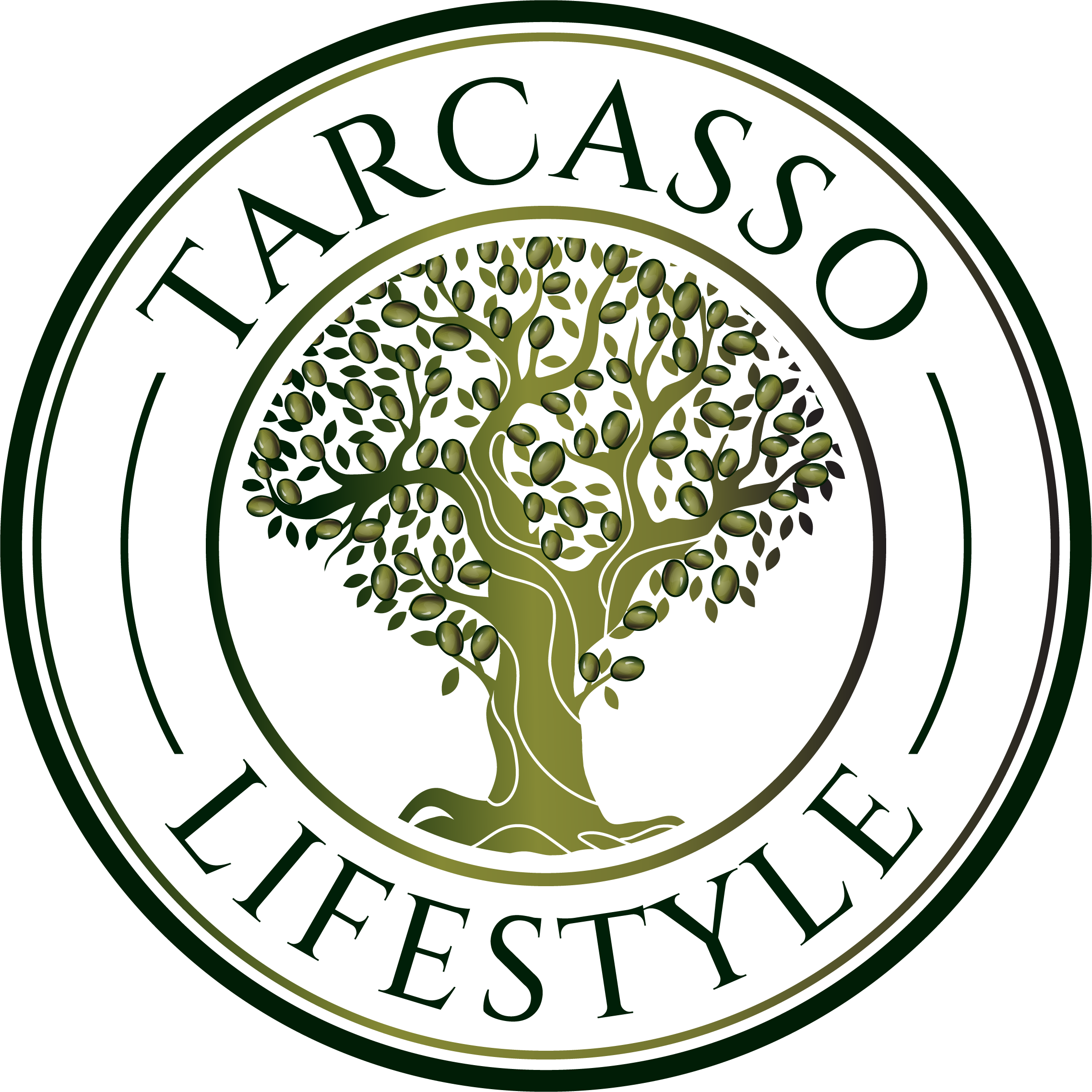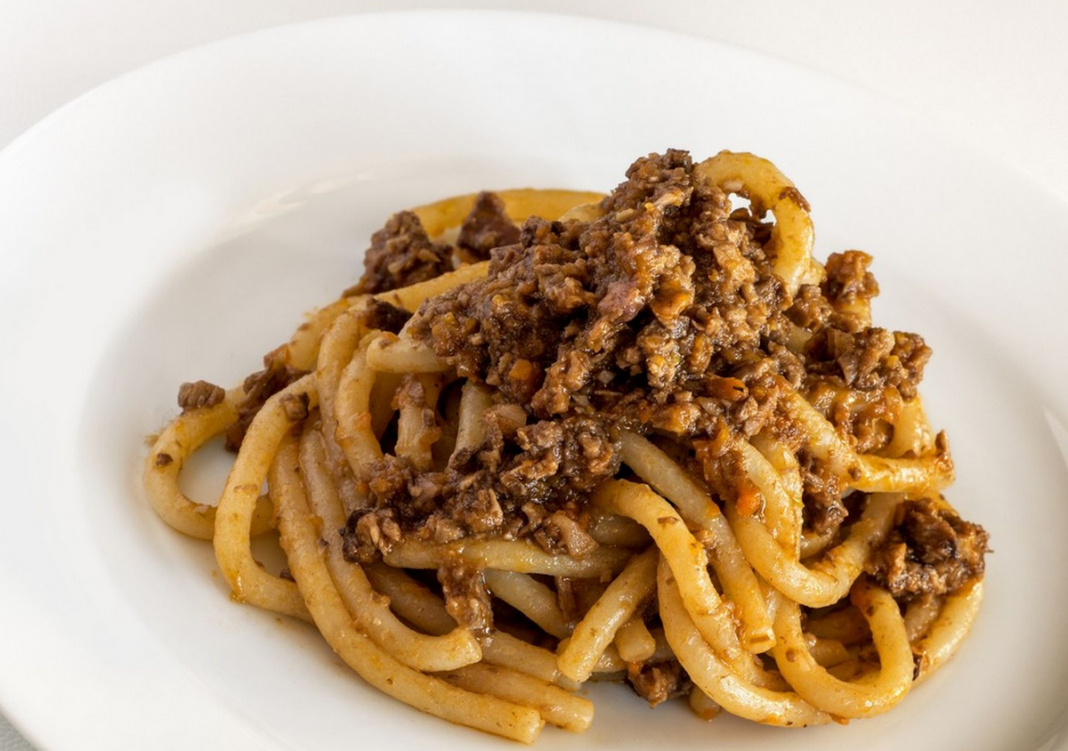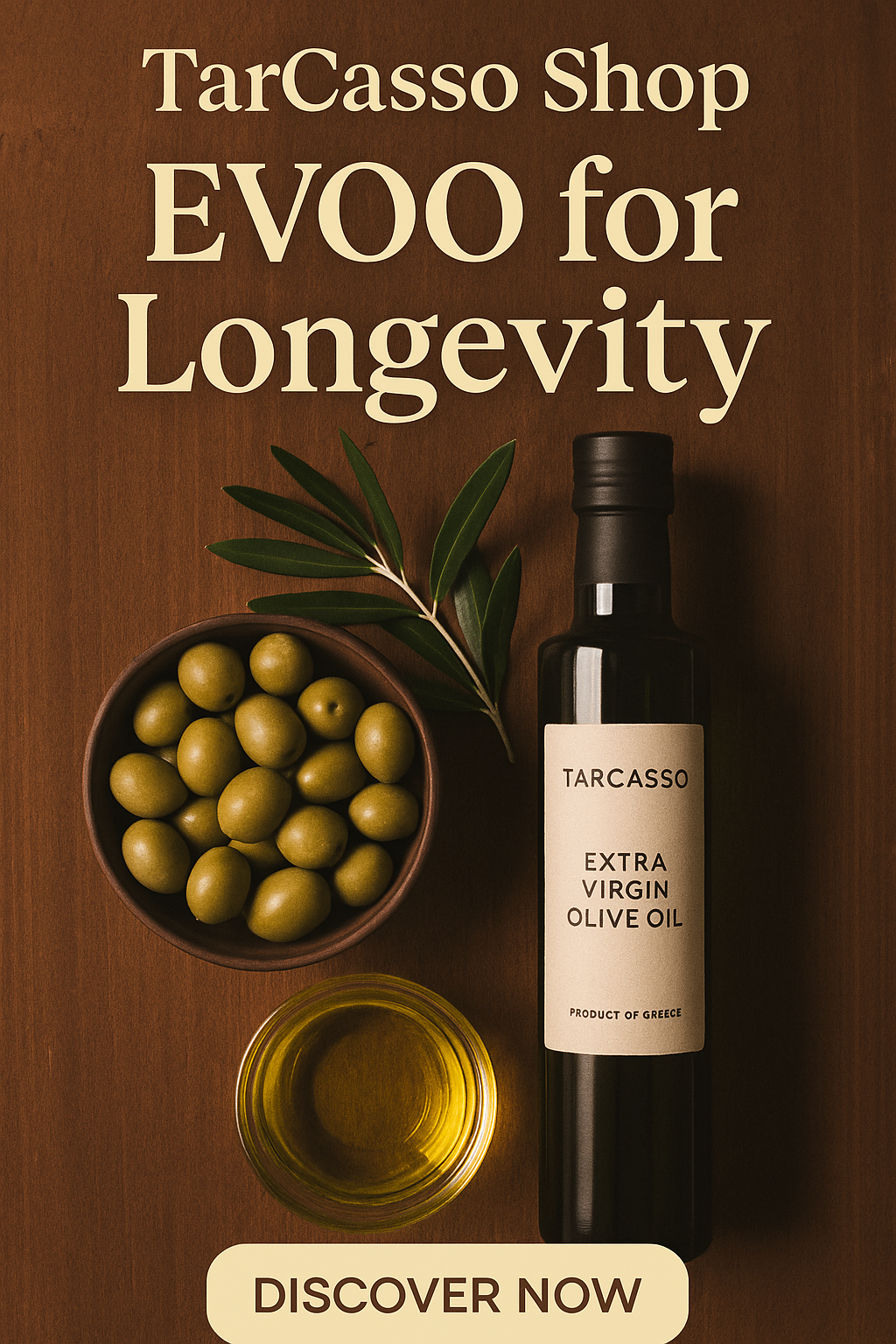Introduction
Bigoli with Ragù d’Anatra (Bigoli al ragù d’anatra) is a classic Venetian dish that combines thick, egg-enriched pasta with a slow-cooked, rich duck ragù. This dish is deeply rooted in the culinary history of Northern Italy, particularly the Veneto region, where it has been enjoyed for centuries.
Bigoli, the pasta used in this dish, is similar to thick spaghetti but has a rough, porous texture that allows it to absorb sauces beautifully. Traditionally, bigoli was made without eggs, using only water and whole wheat flour, but the egg-enriched version became popular in Venetian aristocratic kitchens due to its richer texture and golden hue.
Ragù d’Anatra, or duck ragù, has been a staple in Venetian cuisine since the time of the Serenissima Republic. Ducks were abundant in the region’s many canals and marshlands, making them a readily available protein for slow-cooked sauces. The slow braising of the duck allows the flavors to develop fully, creating a deep, savory, and slightly gamey ragù that pairs perfectly with the robust texture of bigoli.
This dish is a celebration of Venetian tradition, blending rustic flavors with refined technique. Let’s dive into this historic and delicious recipe!
Recipe: Bigoli with Ragù d’Anatra
- Servings: 4
- Preparation Time: 30 minutes
- Cooking Time: 2.5 hours
Ingredients
For the Bigoli (Homemade Egg Pasta – Optional but Recommended)
- 400g durum wheat flour (or all-purpose flour)
- 4 large eggs
- 1 tbsp extra virgin olive oil (EVOO)
- 1 pinch of salt
For the Duck Ragù
- 500g duck legs (bone-in, skin on, or boneless duck breast for a leaner version)
- 2 tbsp TarCasso extra virgin olive oil (EVOO)
- 1 small onion, finely chopped
- 1 small carrot, finely chopped
- 1 celery stalk, finely chopped
- 2 cloves garlic, minced
- 1 sprig fresh rosemary
- 2 bay leaves
- 100ml dry white wine (Venetian Soave or Pinot Grigio recommended)
- 400g canned whole peeled tomatoes, crushed
- 200ml duck stock or chicken broth
- Salt and black pepper, to taste
- 1 pinch of nutmeg
- 1 tbsp butter (optional, for extra richness)
- Freshly grated Parmigiano Reggiano (for serving)
Step-by-Step Instructions
1. Prepare the Bigoli Dough
(If using store-bought bigoli, skip this step.)
- On a clean work surface, make a well in the flour. Crack the eggs into the center, add a pinch of salt and olive oil, and gently mix with a fork.
- Gradually incorporate the flour into the eggs, kneading until a smooth, elastic dough forms (about 10 minutes).
- Wrap in plastic wrap and let it rest for at least 30 minutes.
- Roll out the dough and cut it into thick spaghetti-like strands using a bigolaro (traditional pasta press) or a pasta cutter.
- Let the pasta rest on a floured surface while preparing the ragù.
2. Prepare the Duck Ragù
- Prep the Duck: If using duck legs, remove the skin and excess fat, then chop the meat into small pieces. If using duck breast, finely dice it.
- Sear the Duck: In a large pan, heat TarCasso EVOO over medium-high heat. Brown the duck pieces on all sides until golden, then remove and set aside.
- Soffritto (Aromatic Base): In the same pan, lower the heat and add onion, carrot, celery, and garlic. Sauté until softened (about 10 minutes).
- Deglaze with Wine: Return the duck to the pan, add the white wine, and let it evaporate completely (about 5 minutes).
- Slow Simmering: Add the crushed tomatoes, duck stock, rosemary, bay leaves, salt, pepper, and nutmeg. Stir well and simmer on low heat for 2 hours, stirring occasionally. Add a bit of stock if it thickens too much.
- Final Touch: Remove the rosemary and bay leaves. Stir in butter for extra richness (optional).
3. Cook the Bigoli & Serve
- Bring a large pot of salted water to a boil and cook the bigoli until al dente (about 3–4 minutes if fresh, 8–10 minutes if dried).
- Drain the pasta, reserving some pasta water.
- Toss the bigoli directly into the ragù, adding a splash of pasta water to help bind the sauce.
- Serve with freshly grated Parmigiano Reggiano and a drizzle of TarCasso EVOO.
Why Bigoli & Duck Ragù? A Historical Perspective
Bigoli originates from Veneto, dating back to the 1600s. It was traditionally made using whole wheat flour and water, extruded through a bigolaro, a bronze pasta press that gives it its rough texture. The egg-enriched version later gained popularity, especially in aristocratic Venetian cuisine.
Duck Ragù (Ragù d’Anatra) is deeply tied to Venetian tradition, where ducks thrived in the region’s canals and marshes. Unlike southern Italian ragùs, which are often tomato-heavy, Venetian ragù is more delicate, balancing the richness of duck with the light acidity of white wine.
In Venetian history, this dish was often served on feast days and special occasions, bringing together local ingredients and centuries-old culinary techniques. Today, Bigoli con Ragù d’Anatra remains a beloved dish in Veneto, symbolizing the region’s rich gastronomic heritage.
Final Thoughts
This dish is a true taste of Venice, where history, tradition, and culinary artistry merge into a bowl of pasta. The rich, slow-cooked duck ragù clings to the rustic, egg-enriched bigoli, creating a dish that is both comforting and sophisticated.
Pair it with a glass of Venetian red wine (such as Valpolicella Ripasso) and finish with a drizzle of TarCasso EVOO for the ultimate experience.
Buon Appetito!
Would you like to include a wine pairing section or suggestions for side dishes? Let me know!
